List of Contents
“Kawaii” is a Japanese cultural phenomenon that has been spreading joy and cuteness all around the world for decades now. From Hello Kitty to Totoro, the kawaii wave has taken over our hearts and our lives, making us all a little bit happier with every adorable character or item we encounter.
Think of kawaii as the embodiment of all things cute, from the adorable pig-tailed characters on your childhood pencil case to the frilly and pastel-colored clothing you’d see in a Lolita fashion show. It’s a mindset, a way of life, and a fashion statement that says “I’m young at heart and ready to embrace my inner child”. So, what makes something “kawaii”? Let’s dive into the world of kawaii to find out!
Origin and History
It all started in the 1970s when cute culture began to take hold in Japan. You see, before this time, the culture was all about strict adherence to social norms and traditions, but in the 70s, young people began to reject this rigid way of life and embrace a more carefree, youthful vibe. This was when kawaii, which means “cute” or “loveable” in Japanese, first entered the cultural lexicon.
At first, kawaii was mostly confined to fashion, with young girls donning oversized bows, ruffled skirts, and other frilly accessories to express their cute, playful personalities. But soon enough, kawaii started to spread its fluffy little wings and fly into other areas of Japanese culture, like food, toys, and even architecture!
Today, kawaii is everywhere in Japan, from kawaii-themed cafes and restaurants to kawaii-inspired fashion and accessories. It has even made its way overseas, with people around the world embracing the cute and quirky culture of kawaii! So the next time you’re gazing upon a kawaii character or product, just remember, this cute little movement started as a way for young people to rebel against societal norms and has now become a global phenomenon!
Characteristics of Kawaii
The first characteristic of kawaii is its appearance. Kawaii is all about cute, rounded shapes and soft, pastel colors. From the rosy cheeks on our favorite anime characters to the plush toys we just can’t help but hug, everything kawaii is designed to be as adorable as possible. Kawaii items also often have big, sparkling eyes, giving them a playful, innocent look that just makes us want to protect them and love them forever.
The second characteristic of kawaii is its behavior. Kawaii items are often designed to be endearing and relatable. Whether it’s the clumsy antics of a lovable anime character or the adorable way a plush toy falls over, kawaii things have a way of making us smile and feel connected to them.
Kawaii is not just about appearance and behavior, however. It’s also about a mindset and a way of life. In Japan, kawaii is all about embracing cuteness and positivity and using those things to brighten up the world and make it a happier place. So whether you’re dressing up as a kawaii character for a cosplay event, or just adding some cute stickers to your laptop, you’re taking part in a cultural movement that has the power to spread joy and happiness all around the world!
Cultural Impact and Significance
Kawaii has exploded into a global phenomenon, with kawaii-themed cafes, restaurants, and even amusement parks popping up all over the world. But it’s not just the physical world that’s been impacted by kawaii, pop culture has also taken notice! From video games and anime to movies and music, kawaii characters and themes have become a staple of pop culture worldwide.
So, the next time you see a cute and quirky character or product, just remember, it’s all thanks to the kawaii culture of Japan! Who would have thought that rebelling against societal norms could lead to such a widespread, adorable, and hilarious cultural phenomenon? But that’s the magic of kawaii, it’s taken the world by storm and we’re all the happier for it!
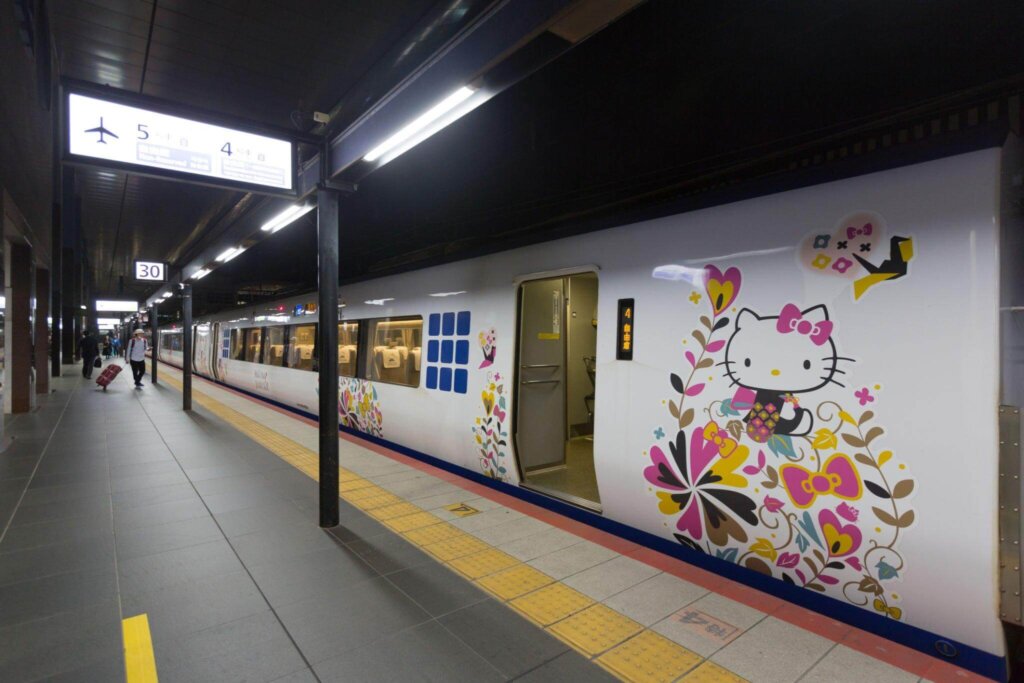
1. Impact on the Design of Japanese Fashion
The kawaii culture in Japan has had a major impact on the country’s fashion scene, bringing an explosion of cute and playful styles to the runway and the streets. From Harajuku to Shibuya, the influence of kawaii can be seen everywhere, making Japanese fashion a true expression of cuteness and creativity.
One of the biggest ways that kawaii has impacted Japanese fashion is through the use of pastel colors, cute prints, and playful accessories. This can be seen in everything from the frilly, lacy dresses that are popular in Harajuku, to the cute handbags and shoes that are must-haves for any fashion-conscious kawaii fan. Whether you’re into punk, Lolita, or just simple, everyday styles, there’s a kawaii touch to be found in every corner of Japanese fashion.
Kawaii culture has also brought a new focus on comfort and practicality to Japanese fashion. With its playful, relaxed, and carefree vibe, kawaii has made it okay to wear clothes that are comfortable and easy to wear, rather than stuffy and uncomfortable. This has led to the rise of loose, oversized clothing and comfy shoes, making Japanese fashion a truly accessible and wearable expression of kawaii culture.
Kawaii culture has had a major impact on the fashion industry itself, with the rise of kawaii-inspired fashion labels, boutiques, and designers. From independent designers creating one-of-a-kind pieces to major brands collaborating with kawaii characters and personalities, the fashion industry in Japan has embraced kawaii like never before, creating a whole new generation of cute and stylish fashion options for fans all around the world.
The impact of kawaii culture on Japanese fashion has been huge and widespread, making it a major player in shaping the country’s fashion scene for decades to come.
2. The Embodiment of the Kawaii aesthetic in anime and manga characters
Anime and manga have been at the forefront of Japanese pop culture for decades, and the kawaii aesthetic has been a staple in these forms of media for just as long. From chibi characters with big eyes and rosy cheeks to magical girls with glittery wardrobes, kawaii has left its mark on the anime and manga world in a big way.
One of the biggest examples of kawaii in anime and manga is Sailor Moon. This classic series features a group of young girls who transform into powerful defenders of justice, and their outfits and accessories are the epitome of kawaii. From their short skirts and hair accessories to their playful and quirky personalities, these characters are the embodiment of the kawaii aesthetic.
Another example is the character Pikachu from the Pokémon series. With his round cheeks, sparkly eyes, and rosy cheeks, Pikachu has become one of the most recognizable kawaii characters in the world. His cute and playful personality has made him a fan favorite, and his iconic design has been replicated in countless pieces of merchandise, from plushies to clothing.
Kawaii has also found its way into the world of video games, with characters like Kirby from the eponymous video game series and Bubbles from the video game “Katamari Damacy”. These characters are round, adorable, and full of personality, and they embody the kawaii aesthetic in their own unique way.
The kawaii culture has had a profound impact on anime and manga characters, and its influence can be seen in the cute and playful designs that have become so iconic.

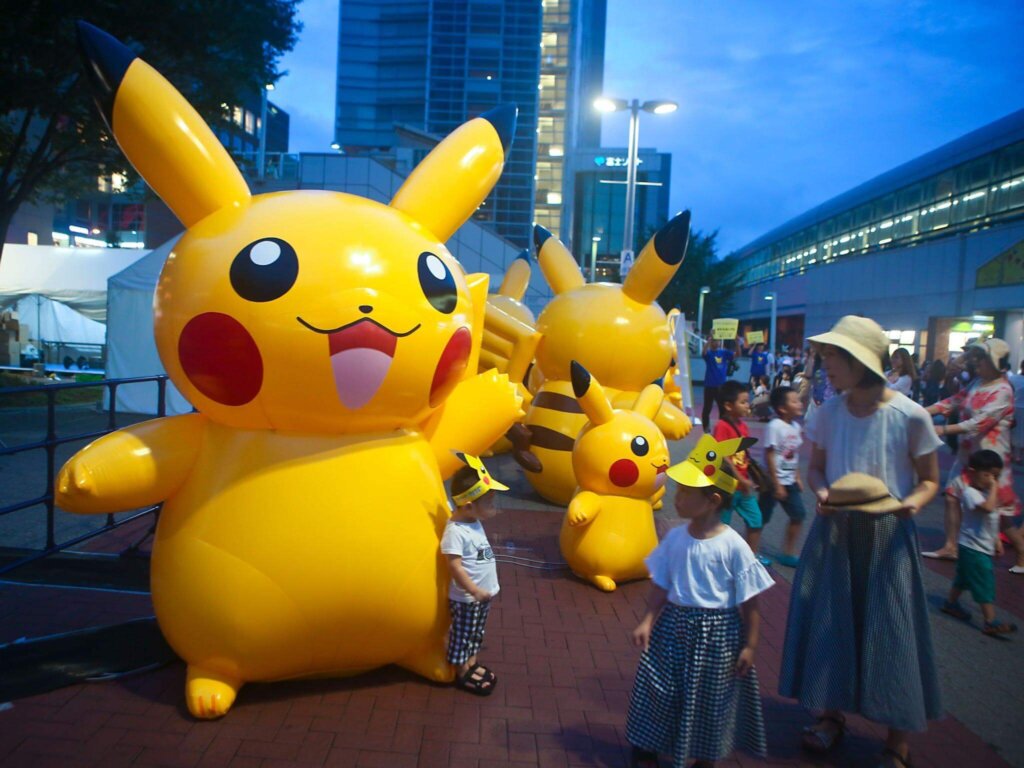
Doraemon and Pikachu are some of the most beloved anime characters, loved not only by children but also adults around the world
3. Impact on the Design of Japanese Home
Imagine walking into a home that is not just a living space, but a world of cuteness and happiness, where every corner exudes joy and positivity. This is exactly what kawaii culture brings to the table when it comes to the design of Japanese homes. The word ‘kawaii’, meaning cute, has been a dominant aspect of Japanese culture for decades, influencing not just fashion and pop culture but also home interiors.
From kawaii-themed furniture to decor items, from pastel color palettes to playful patterns, the kawaii aesthetic has taken the home design industry by storm. The incorporation of kawaii elements has resulted in homes that are not just functional but also adorable, with a touch of innocence and lightheartedness. The kawaii trend in Japanese home design is not just limited to the younger generation but has become a popular choice for people of all ages who seek a cheerful and uplifting environment.
When it comes to kawaii-themed home interiors, the options are endless. From pastel-hued walls and furniture to cute decals and accessories, the possibilities for incorporating kawaii elements are numerous. Some popular kawaii-inspired design elements include plush and soft furnishings, pastel-colored walls and cabinets, polka dot patterns, whimsical lighting fixtures, and playful kitchenware. These elements can be mixed and matched to create a unique and adorable home interior.
4. Spreading the Popularity of Kawaii-themed merchandise
One of the reasons for kawaii’s popularity is its ability to evoke a sense of happiness and innocence. Who wouldn’t want to carry around a kawaii phone case featuring an adorable cartoon cat or a pencil case adorned with cute little animals? These products offer a playful and lighthearted escape from the daily grind, and people are flocking to them in droves.
But kawaii isn’t just about buying merchandise. It’s a lifestyle choice that encompasses everything from fashion to home décor. From plushies to mugs, the options for kawaii-themed merchandise are nearly endless. Whether you’re a fan of pastel colors or bold patterns, there is a kawaii product out there for everyone.
The popularity of kawaii-themed merchandise and accessories is a testament to the enduring appeal of cuteness. Whether you’re a fan of Doraemon, Rilakkuma, or any other kawaii character, there’s no denying the joy that these adorable products bring. So go ahead and embrace your inner kawaii – your inner child will thank you for it!
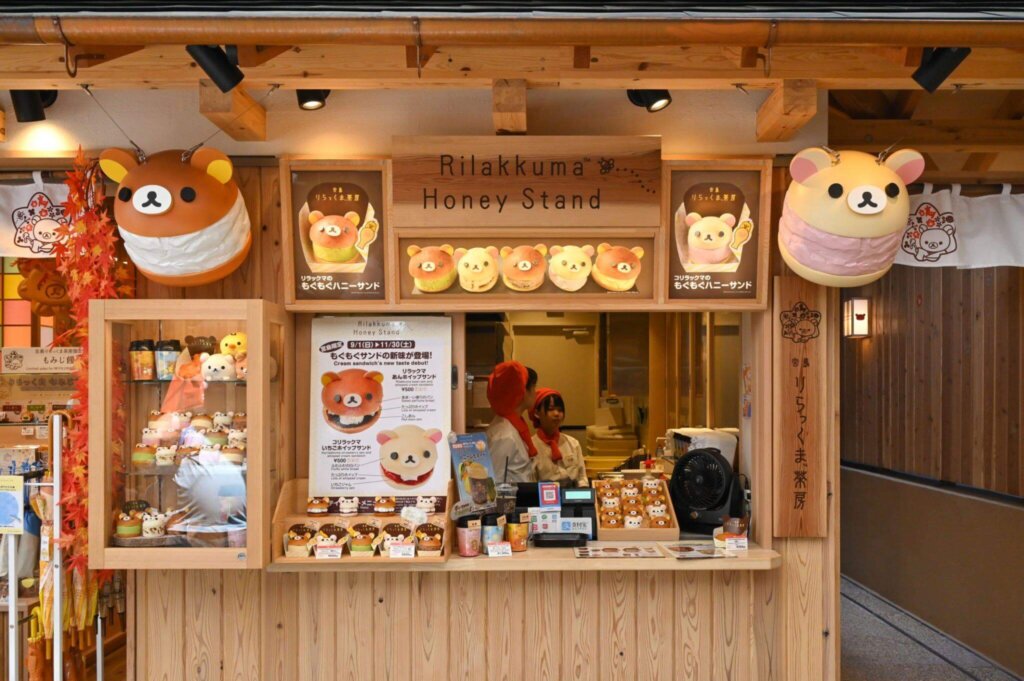
5. Impact on Makeup and Cosmetic
In Japan, being cute and adorable is no longer just a fashion statement, it’s a way of life, and this is reflected in the cosmetics and makeup products they create.
For starters, it’s all about the eyes. Big, round, anime-inspired eyes are a staple of kawaii culture, and Japanese cosmetics have jumped on the bandwagon. False eyelashes, circle lenses, and even colored contact lenses have become must-haves for those looking to embody the kawaii aesthetic. But it’s not just about the eyes, it’s about the cheeks too! In Japan, a rosy cheek is a sign of health and youth, and kawaii culture has taken this to new heights with products like blushers and highlighters that create a bright, youthful glow.
Of course, no kawaii look would be complete without a pop of color on the lips. From pastel pinks to vibrant purples, Japanese cosmetics have a huge range of kawaii-inspired lipsticks to choose from. But it’s not just about the shade, it’s also about the packaging. Kawaii-themed packaging, with cute designs and quirky illustrations, has become a staple of Japanese cosmetics and is a big part of the kawaii culture’s charm.
Quick Recognizable Feats of Japanese Soft Power
From kawaii-themed cafes and restaurants to kawaii-inspired fashion and accessories. It has even made its way overseas, with people around the world embracing the cute and quirky culture of kawaii! So the next time you’re gazing upon a kawaii character or product, just remember, this cute little movement started as a way for young people to rebel against societal norms and has now become a global phenomenon!

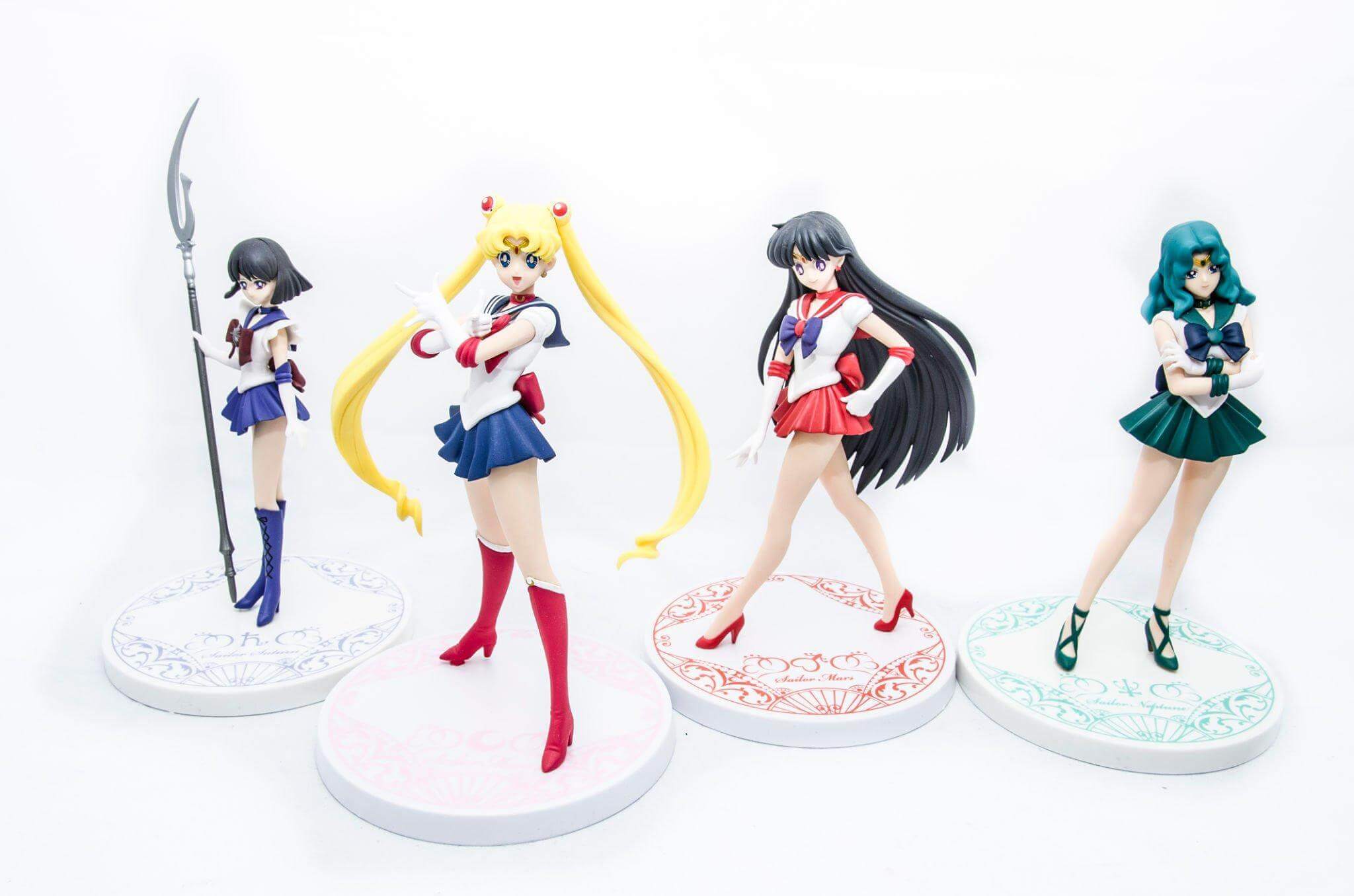

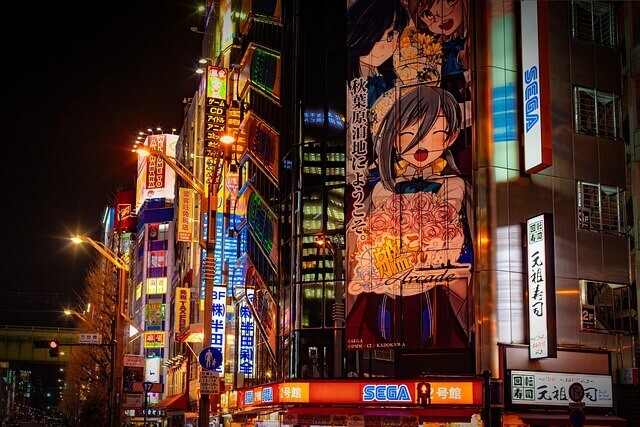



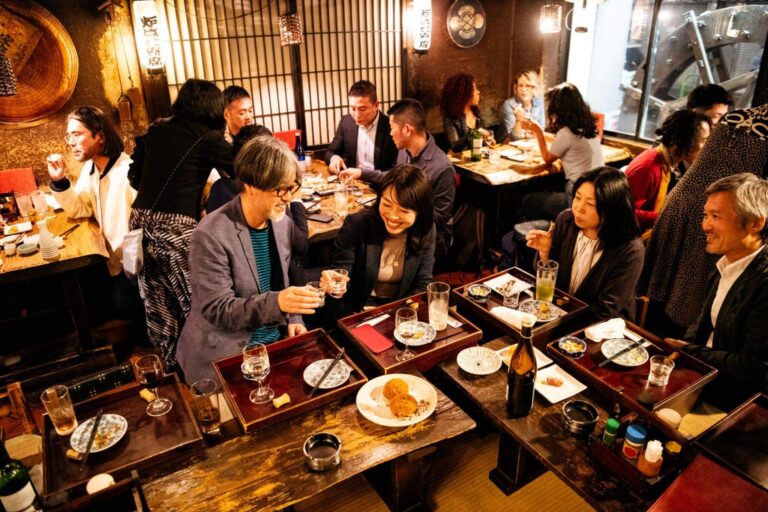
This was an amazing read! Your insights on this topic are very valuable and have given me a lot to think about. I appreciate the time and effort you put into researching and writing this post. Thank you for sharing your knowledge with us.